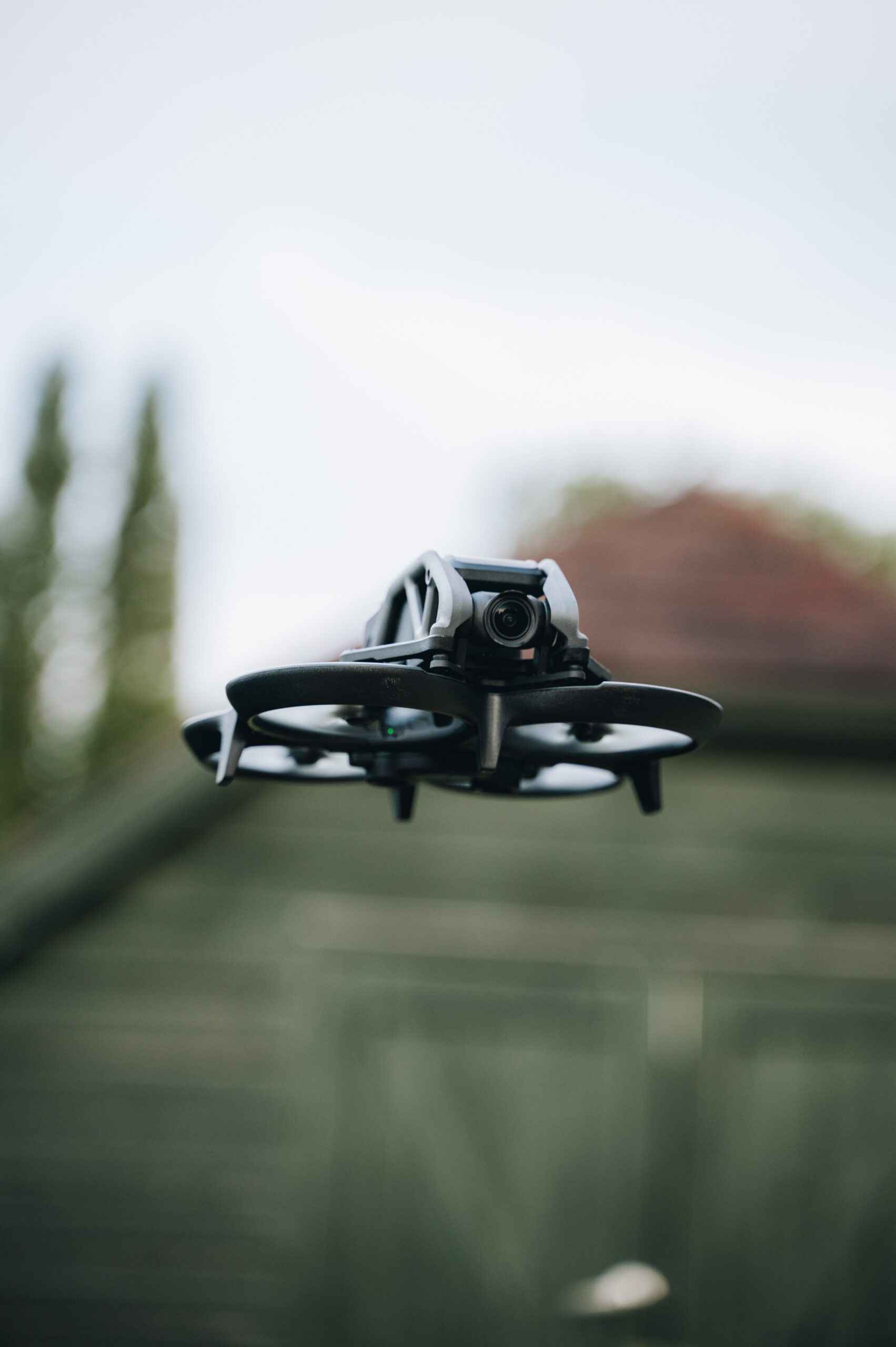Looking for the best FPV drones in 2023? We’re here to help!
FPV is a game-changing experience for drone pilots. Along with capturing awe-inspiring aerial shots, FPV drones let pilots take incredibly satisfying flights and experience the beautiful scenery like never before.
Recently, the demand for FPV drones has significantly grown as many industries like travel, real estate, automotive, retail, sports, fine arts, and more are now leveraging this new technology. In this article, let’s discuss in detail what FPV drones are, why they’re a great option, and some of the best FPV drones that are available today.
What is a FPV Drone?
FPV stands for ‘First Person View.’ These drones come with FPV goggles, allowing the pilots to see exactly what the camera sees as if they were sitting inside the drone. In traditional “non-FPV” drones, the pilots can only control the drone by looking at it from a distance in a “third-person” perspective.
How does an FPV Drone work?
The FPV drone is usually a small multi-rotor model with precise control. However, there are several other key parts of an FPV system. There’s a camera and a video transmitter on the drone body. Moreover, there are several drone camera options available – ranging from basic models to more expensive ones (with 1080p and 4K resolutions). Furthermore, to ensure minimal time lag and latency between live video and the goggles, a high-quality transmitter is used.
At ground level, FPV goggles and a remote controller are used to operate FPV drones. The goggles include a headset with a screen, and the controller often looks like a video game pad.
You may also like to read: 9 Things To Consider Before Hiring A Drone Photography Company
FPV Drones: Pros And Cons
First Person View
The most distinguishing feature between an FPV and a regular drone is the perspective they offer. FPV drones are flown with a set of goggles, allowing the pilots to see what the drone camera sees. Whereas pilots use a handheld control and their phone as an attachment to operate and see footage from a regular drone.
Super Speedy
As compared to traditional drones, FPV drones are considerably lighter. Their light design and far leaner bodies give them speed. In some cases, these drones can fly at a staggering 200 km/h speed. However, this can be problematic at times as the footage can come out very shaky if you don’t have onboard stabilization.
Less Safety, More Freedom
Without sensors, FPV drones allow you to get much closer to things and capture jaw dropping cinematic shots. These drones offer comparatively more movement options, making tilts and even flips possible. However, this comes with increased risk for nasty crashes.
Short Battery Life
Since batteries take a decent proportion of the drone’s overall weight, FPV drones come with smaller batteries to ensure the device stays lightweight and can fly easily. However, this translates to a compromised battery life – the drone will only manage a few minutes in the air. While maneuverability is a huge plus, compromised battery life can be an issue for many.
What Are The Best FPV Drones In 2023
If you’re looking to invest in the best FPV drone in 2023, here’s a list of 3 FPV drones that we believe would be your best buy. We have done our research based on several factors such as camera quality, battery life, max speed, goggles’ resolution, and max range. Let’s get started!
Specifications:
-
- Weight: 795g (inc battery)
-
- Dimensions: 255 x 312 x 127mm
-
- Diagonal size: 245mm
-
- Controller: Yes
-
- Video resolution: 1080p at 120fps, 4K at 60fps
-
- Max Video Bitrate: 120 Mbps
-
- Goggles resolution: 1440 x 810 (each eye)
-
- Camera resolution: 12MP
-
- Sensor: 1/2.3” CMOS
-
- Battery Capacity: 2000 mAh
-
- Battery life: 20 minutes
-
- Max range: 10 km / 6mi (or 6km in UK/EU)
-
- Max speed: 140kph / 87mph
-
- Max Acceleration: 0-100 kph: 2 s (in ideal conditions while flying in M mode)
Source: https://www.dji.com/dji-fpv/specs
Reasons To Buy:
-
- Amazing acceleration
-
- Effective safety sensors
-
- Some replaceable parts
-
- Partial motorized gimbal on FPV
2- DJI Avata
Specifications:
-
- Weight: 795g (inc battery)
-
- Dimensions: 180 x 180 x 80 mm
-
- Diagonal size: 120mm
-
- Controller: Yes
-
- Video resolution: 1080p at 120fps, 4K at 60fps
-
- Max Video Bitrate: 150 Mbps
-
- Goggles resolution: 1440 x 810 (each eye)
-
- Camera resolution: 12MP
-
- Sensor: 1/1.7-inch CMOS
-
- Battery life: 20 minutes
-
- Battery Capacity: 2420 mAh
-
- Max range: 10 km / 6mi (or 6km in UK/EU)
-
- Max speed: 96 kph / 60mph
Source: https://www.dji.com/avata/specs
Reasons To Buy:
-
- Robust protective frame design
-
- Produces gorgeously steady swooping video
-
- Manual camera options
-
- Easy to control even for first-time pilots
-
- Better battery life than typical FPV drone
Specifications:
-
- Weight: 35g (with battery)
-
- Dimensions: 72 x 72 x 20mm
-
- Diagonal size: 102mm
-
- Controller: Yes
-
- Video resolution: NTSC
-
- Camera resolution: 800 x 480px
-
- Camera tilt degree: 25°
-
- Battery life: 5 minutes
-
- Battery: BT2.0 300 mAh
-
- Max range: 80m
Source: https://betafpv.com/products/cetus-fpv-kit
Reasons To Buy:
-
- Altitude hold function
-
- Complete “Ready to Fly” kit
-
- Learn freestyle or hover
You may also want to read: How Drone Inspection Services Can Add Value To Your Construction Company
We hope you found this article helpful! Now, you’re in a good position to make an informed decision for your new FPV drone. If you have any questions, you can reach out to our experts for free consultation. Here at Blue Nose Aerial Imaging, we provide the best-in-class aerial imaging services across the US. Our trained pilots have years of experience with flying drones and can help you make your decision for the best FPV drone.

